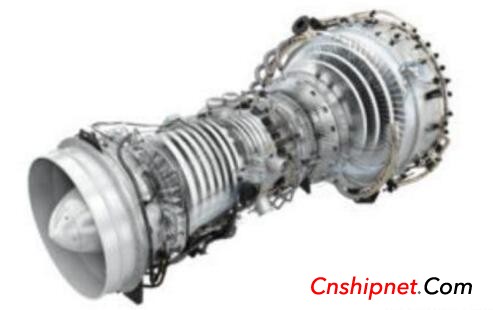Recently, Siemens announced that it has combined its expertise in the acquisition of Dresser-Rand and Rolls-Royce's business unit to introduce the latest gas turbine in its gas turbine portfolio, the SGT-A35 RB aero-engineering gas turbine.
According to Siemens, the aero-derivative gas turbine mainly meets the needs of the offshore oil and gas industry by increasing the power density of some power generation equipment above the waterline, thereby reducing the space requirement. This lightweight aerated gas turbine has a power of up to 38 MW and can be concentrated in a compact, lightweight Dresser-Rand gas turbine package. The SGT-A35 RB aero-engineering gas turbine is smaller and lighter than 30% smaller and lighter than the previously introduced industrial RB211 gas turbine.
According to Siemens, this combined gas turbine will be used as a solution for offshore applications such as floating production storage and offloading (FPSO) vessels. The demand for floating production storage and offloading (FPSO) vessels has become increasingly popular as oil and gas production is propelled into deeper seas and more harsh offshore environments in order to capture distressed reserves. Since the SGT-A35 RB aero-derivative gas turbine has higher output and power density than other gas turbines, it will provide a solution for this and other offshore applications.
The industrial design of the SGT-A35 RB aero-derivative gas turbine, previously known as the RB211-GT30 gas turbine, was based on the industrial RB211 and industrial Trent 60 gas turbines, which were manufactured using Rolls-Royce engine technology. The company has supplied 800 industrial RB211-GT30 gas turbines worldwide, with more than 37 million hours of operation.
To meet the requirements of different applications, the SGT-A35 RB aero-derivative gas turbine has two powers of 34 and 38 MW. Both power gas turbines can be used as mechanical drives and for 60 Hz or 50 Hz power generation. In this configuration, the gas turbine can directly drive a 2-pole A/C engine without the need for a gearbox. The thermal efficiency of the gas turbine will exceed 40% under the conditions specified by international standards. The gas turbine is ideal for use in hot climates and temperatures up to 30 °C. The gas turbine can maintain more than 90% of its ISO power output.
According to Siemens, the Dresser-Rand gas turbine will utilize suitable packaging features and configurable oil and gas applications. Its modular design will facilitate easy maintenance and potentially reduce downtime, maximize utilization and reduce user operating expenses. The design of the SGT-A35 RB aero-engineering gas turbine also facilitates faster gas turbine and power turbine machine exchanges. Over the years, the Dresser-Rand business unit has provided more than 1,000 aero-engined gas turbines to the oil and gas industry.
Judy Marks, director of new equipment solutions for the Dresser-Rand business unit, stated, “Because the SGT-A35 RB aero-derivative gas turbine is the gas turbine with the highest power density of this class of gas turbines, it will help operators in the offshore oil and gas industry to meet major challenges. Since the gas turbine can be used as the prime mover for offshore applications, project developers can achieve the expected benefits by reducing capital investment and increasing production capacity."
Storage Tank Water Heater
A storage tank water heater is water-heating container that uses a large tank to store hot water until it is needed. This type of water heater is typically powered heating steam or gas, and is used to provide hot water for a variety of uses, including showers, dishwashing, and laundry, or other hot water requests alike. The tank is typically insulated to help maintain the water temperature and reduce energy costs. Storage tank water heaters are a popular choice for many households because they are relatively inexpensive and can provide hot water for multiple uses.
Typical heat exchanger structure is heating spiral coil inside of a steel shell. Water will be heated while passing through inside the coil, and received the energy or heat from hot steam or gas.
The main disadvantage of a storage tank water heater is that they are less energy efficient than tankless water heaters. This is because they continuously heat and reheat the same water, which can waste energy. Additionally, storage tank water heaters require more space than tankless water heaters, as they are larger in size.
In that sense, recent years are seeing storage tank water heat exchanger giving way to other efficient products, such as Shell And Tube Heat Exchanger, Plate And Frame Heat Exchanger, and so on.
Storage Tank Water Heater,Shell And Coil Condenser,Water Heater Storage Tank,Shell And Coil Heat Exchanger
Guangdong Jiema Energy Saving Technology Co.,Ltd , https://www.jmheatexchanger.com
